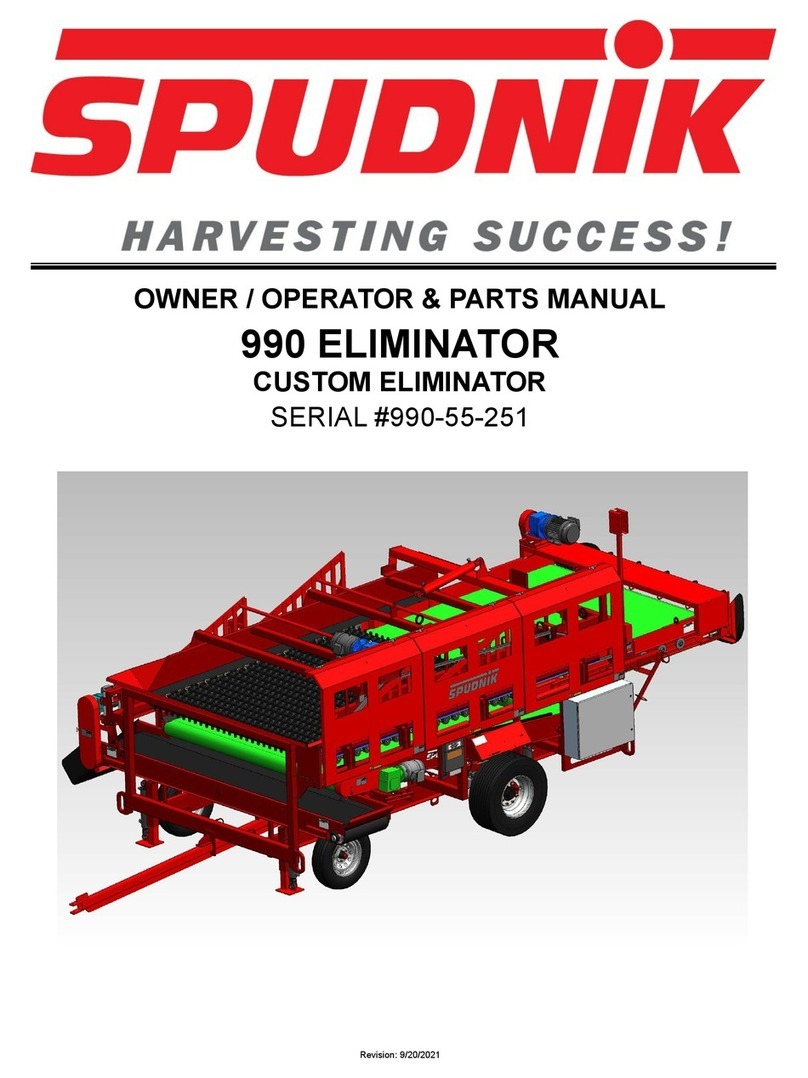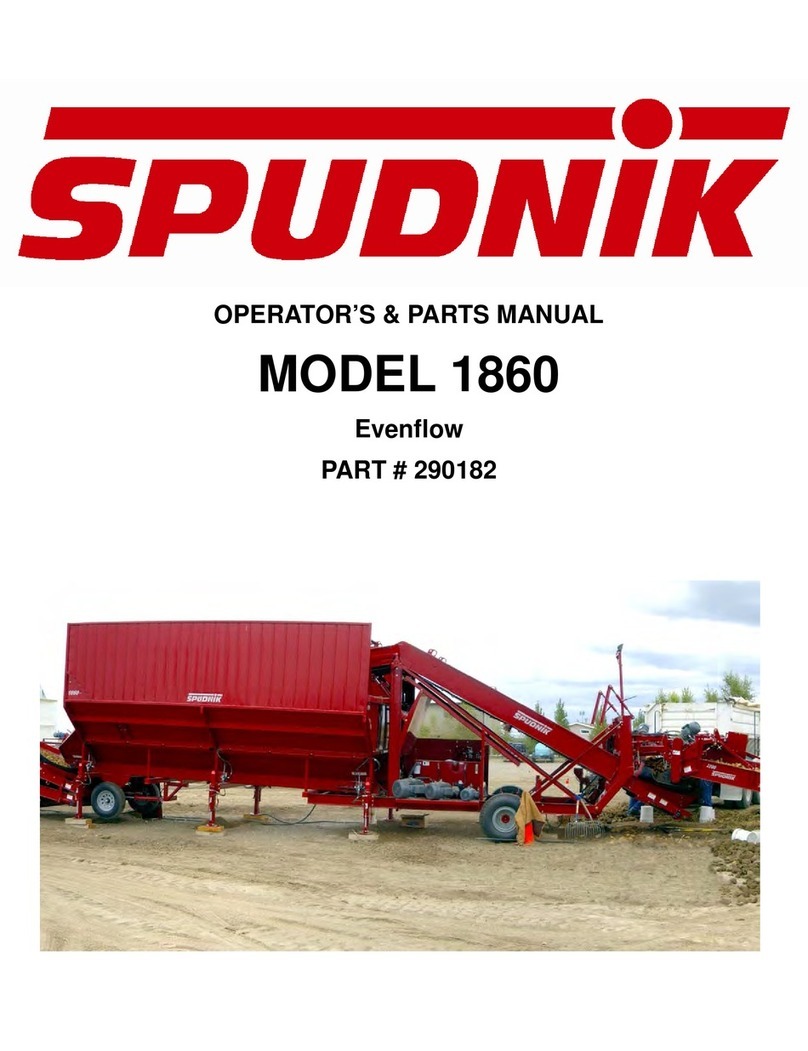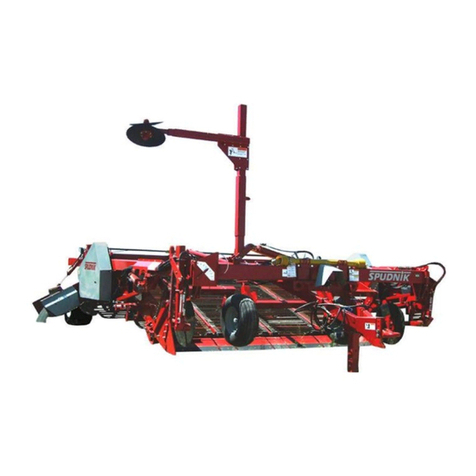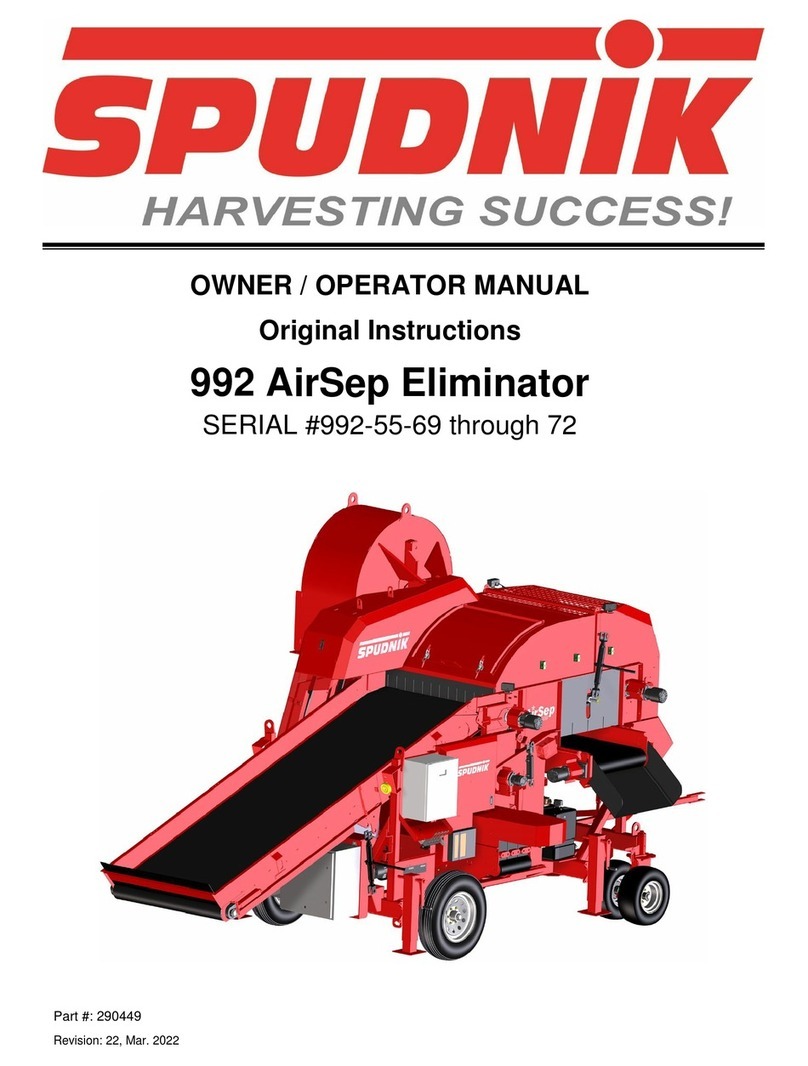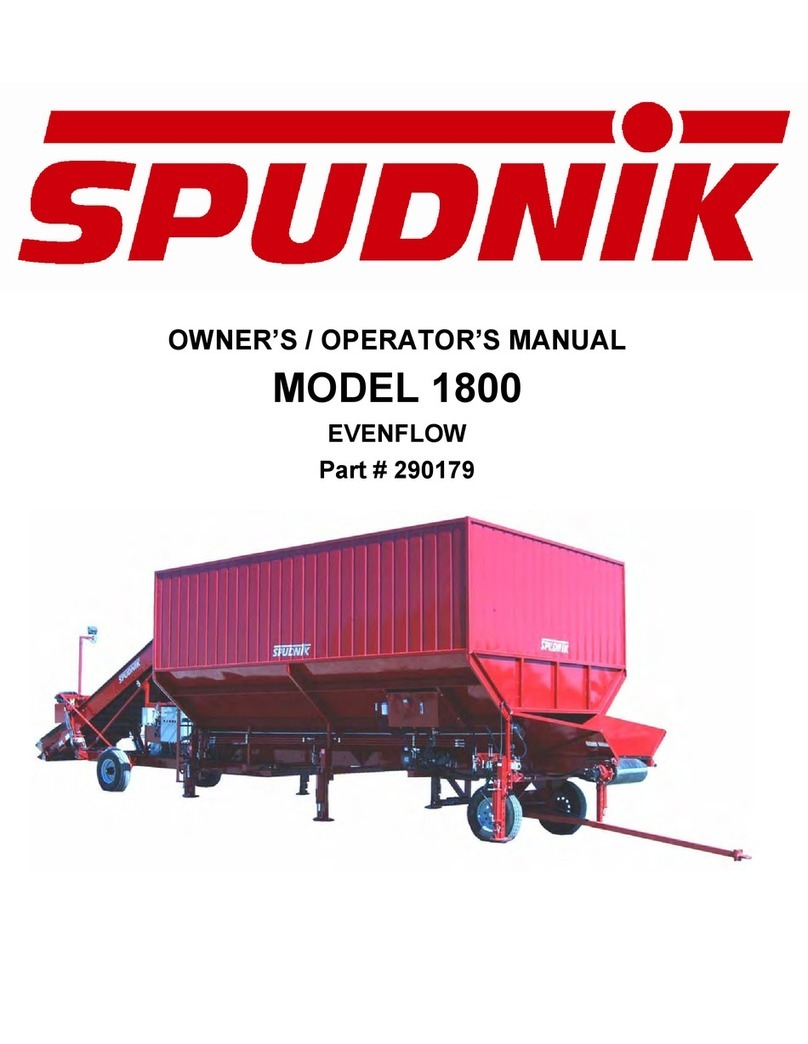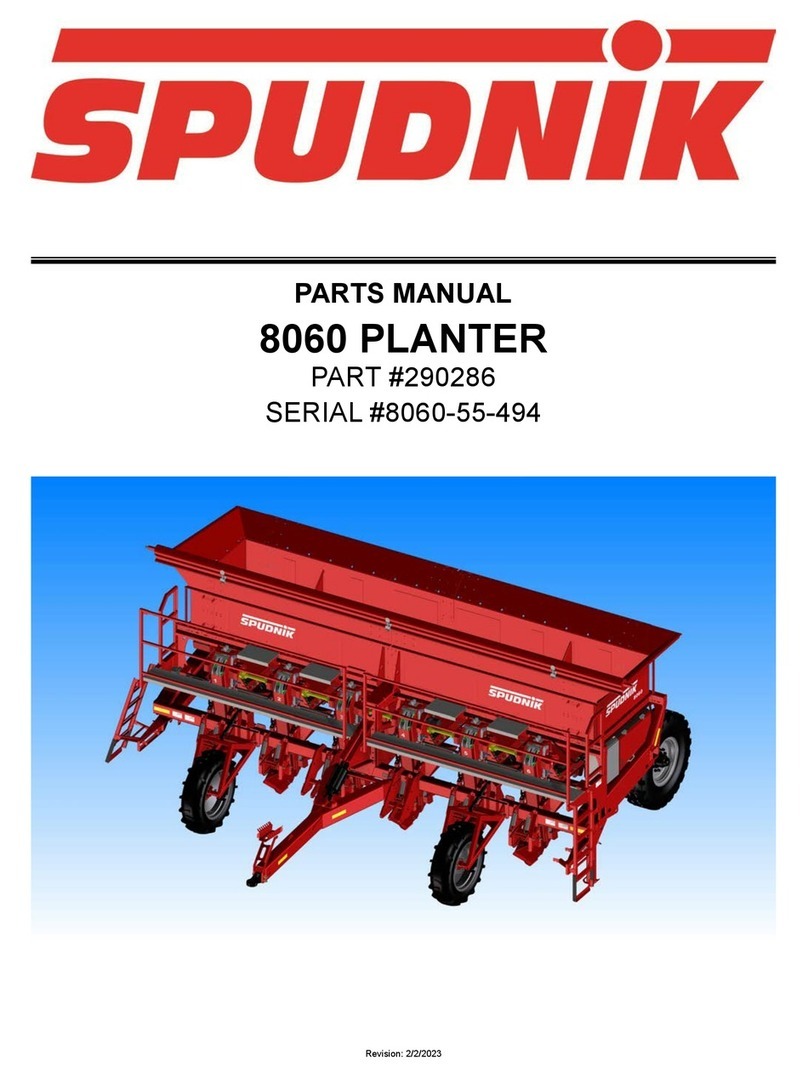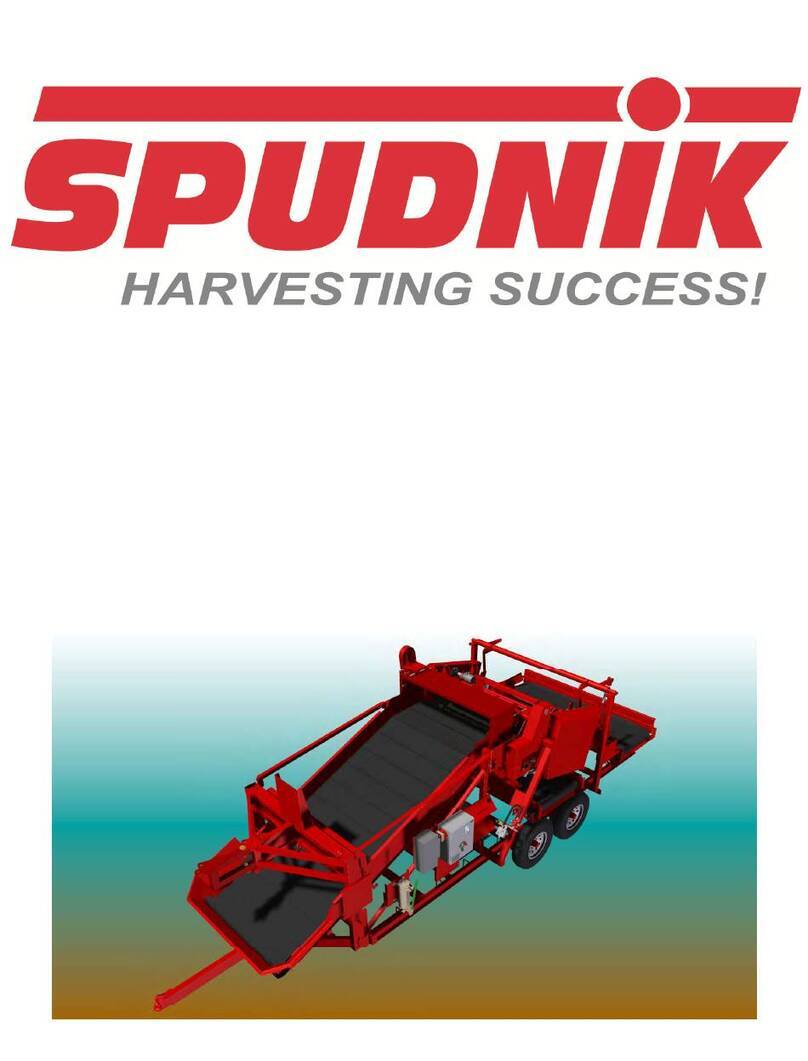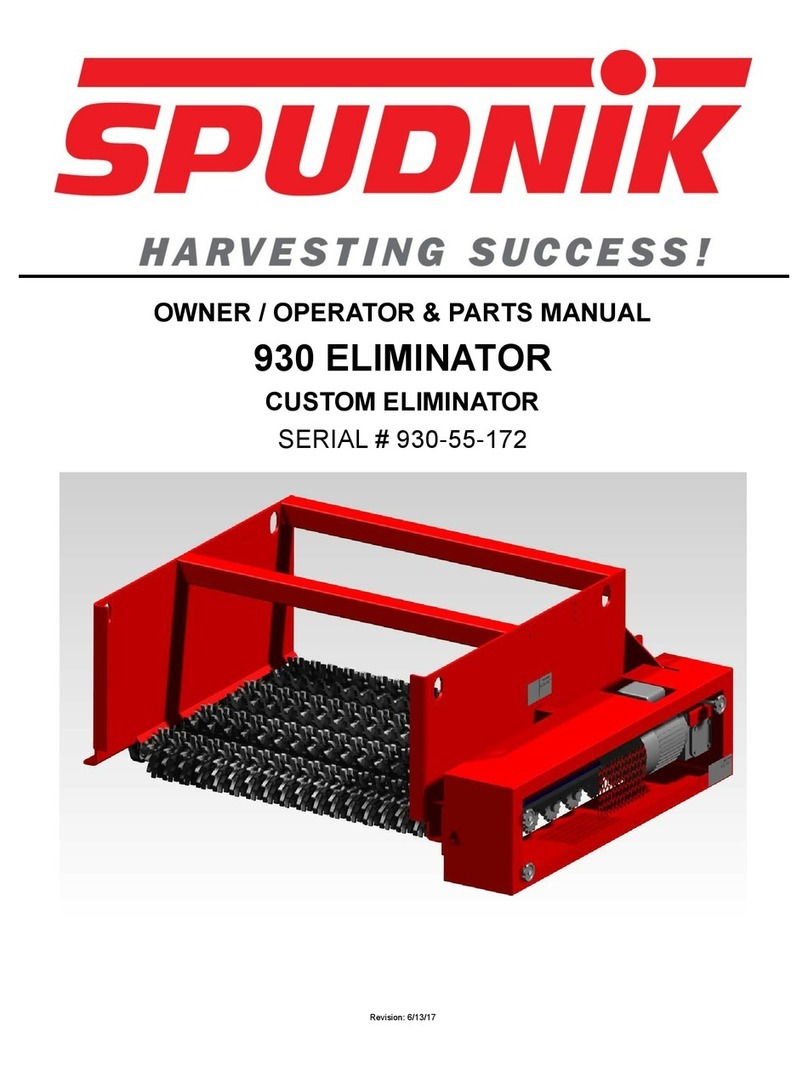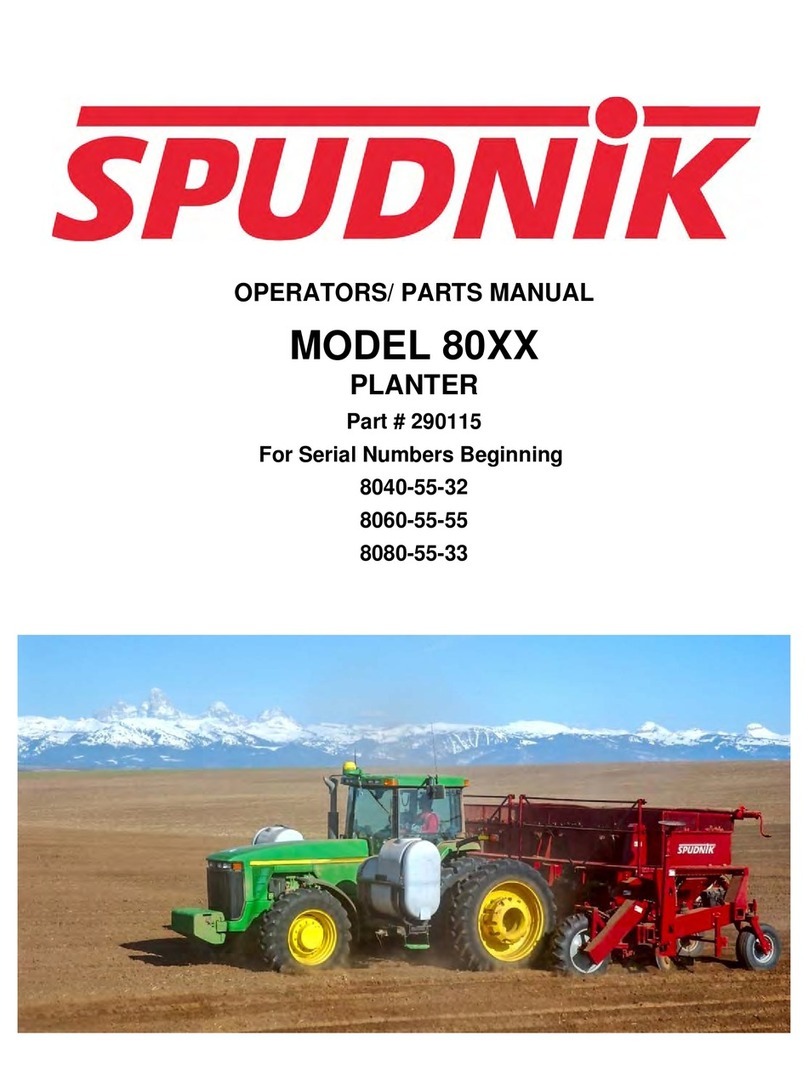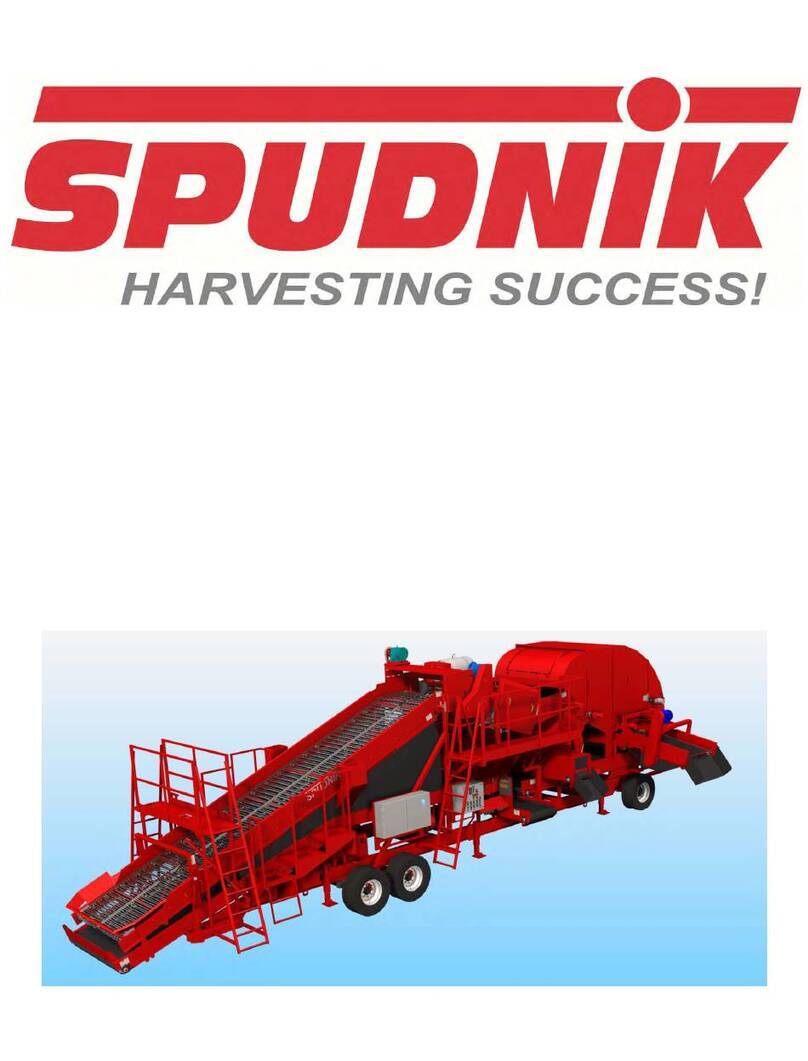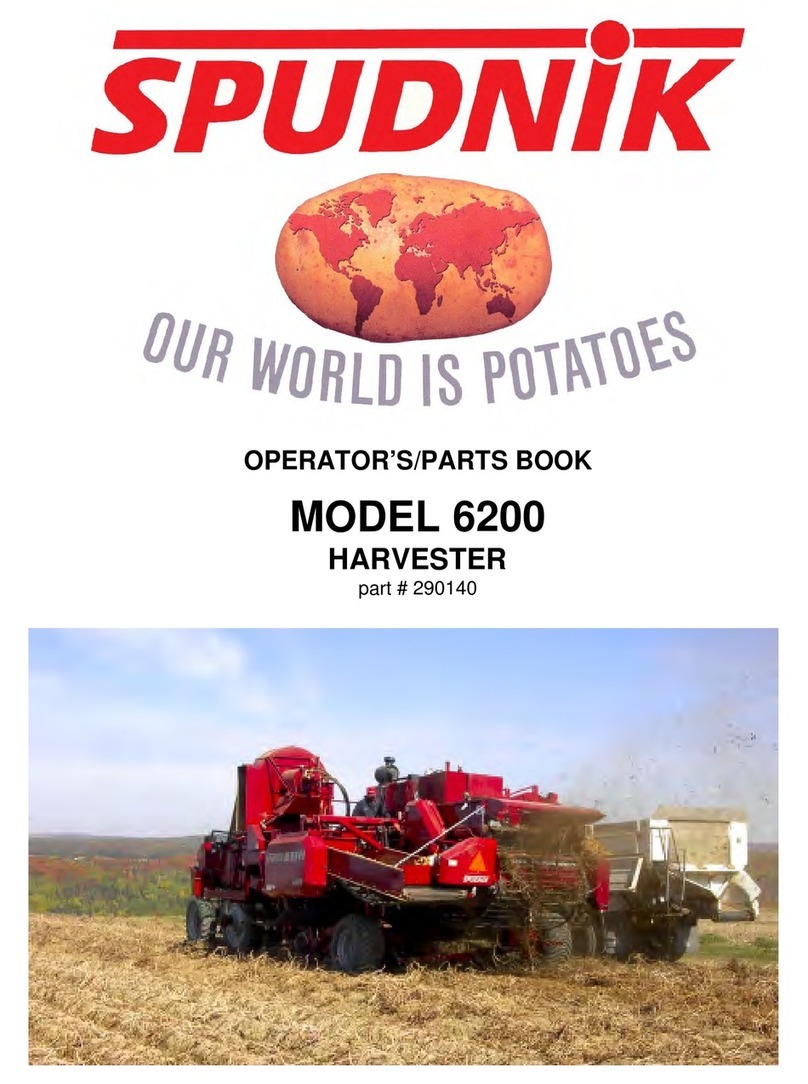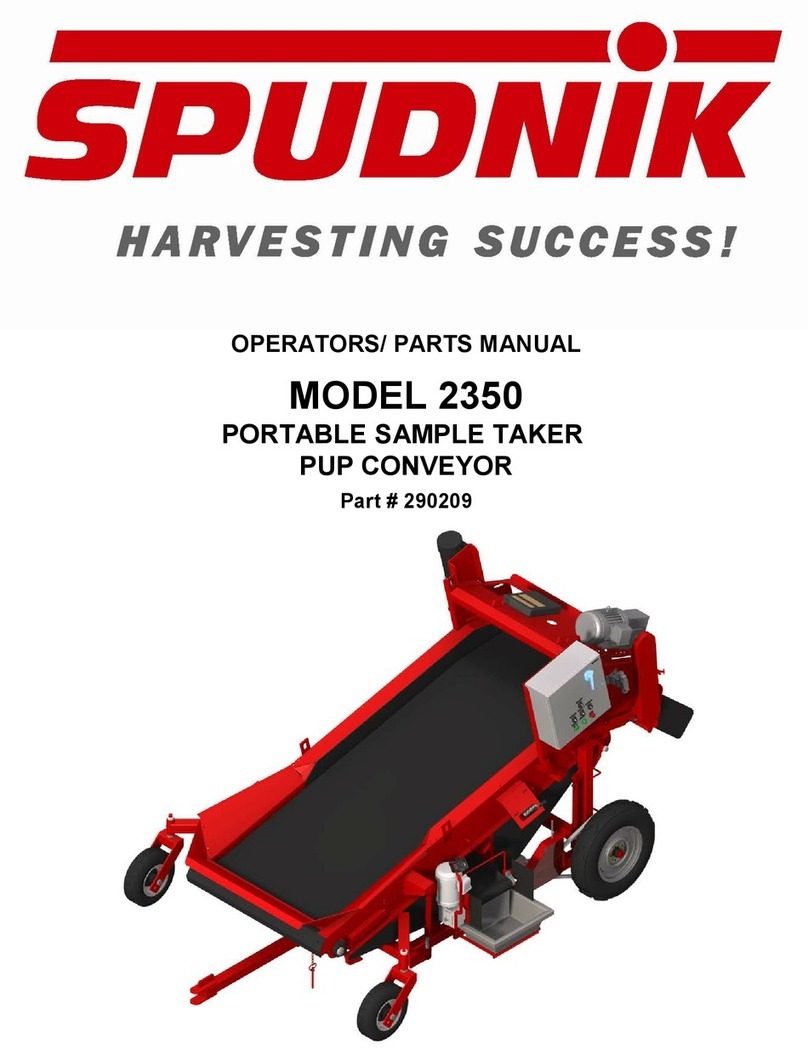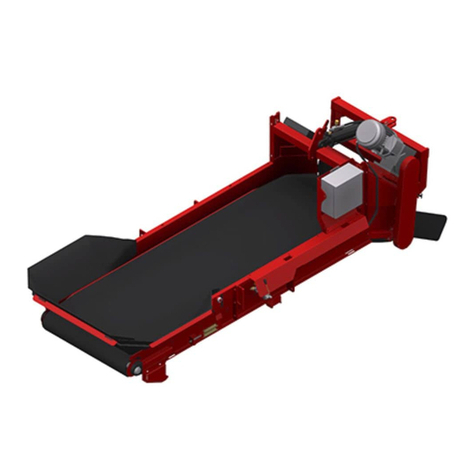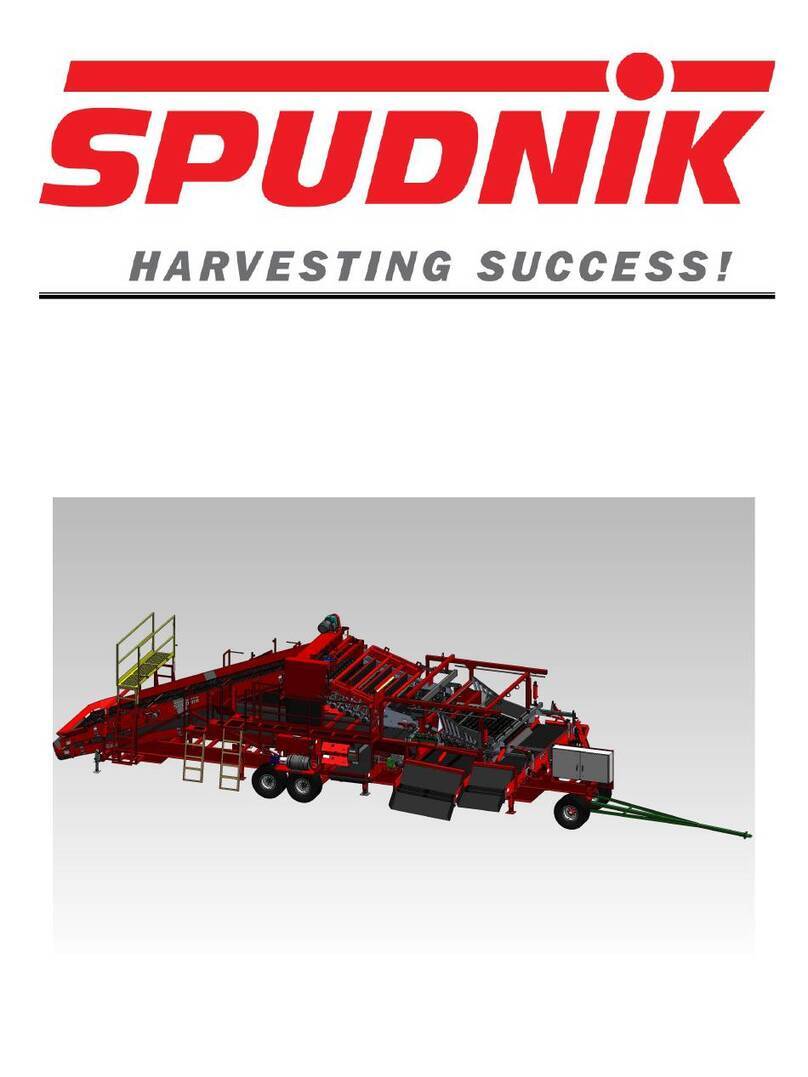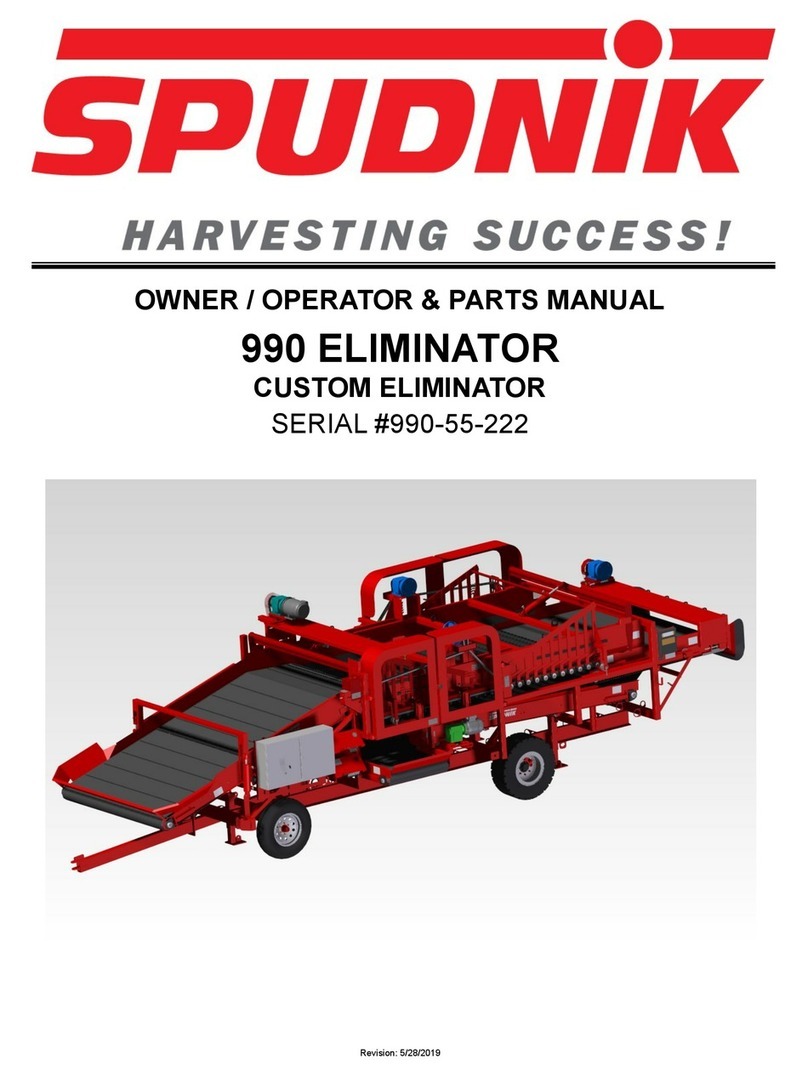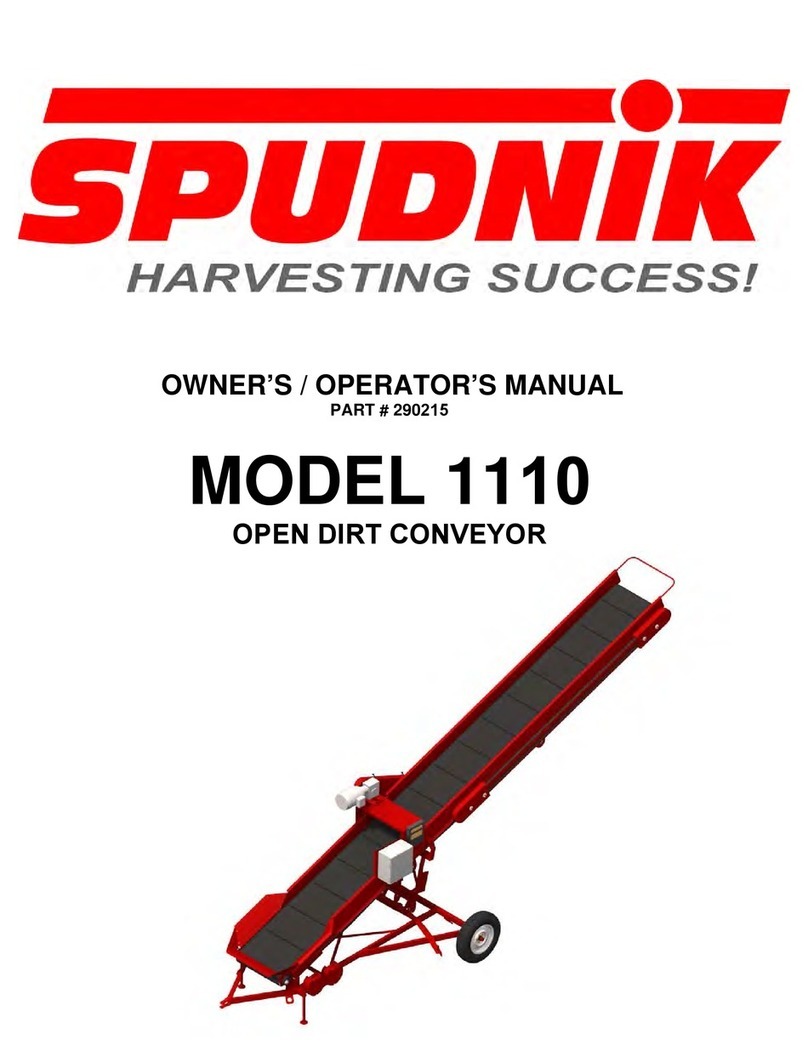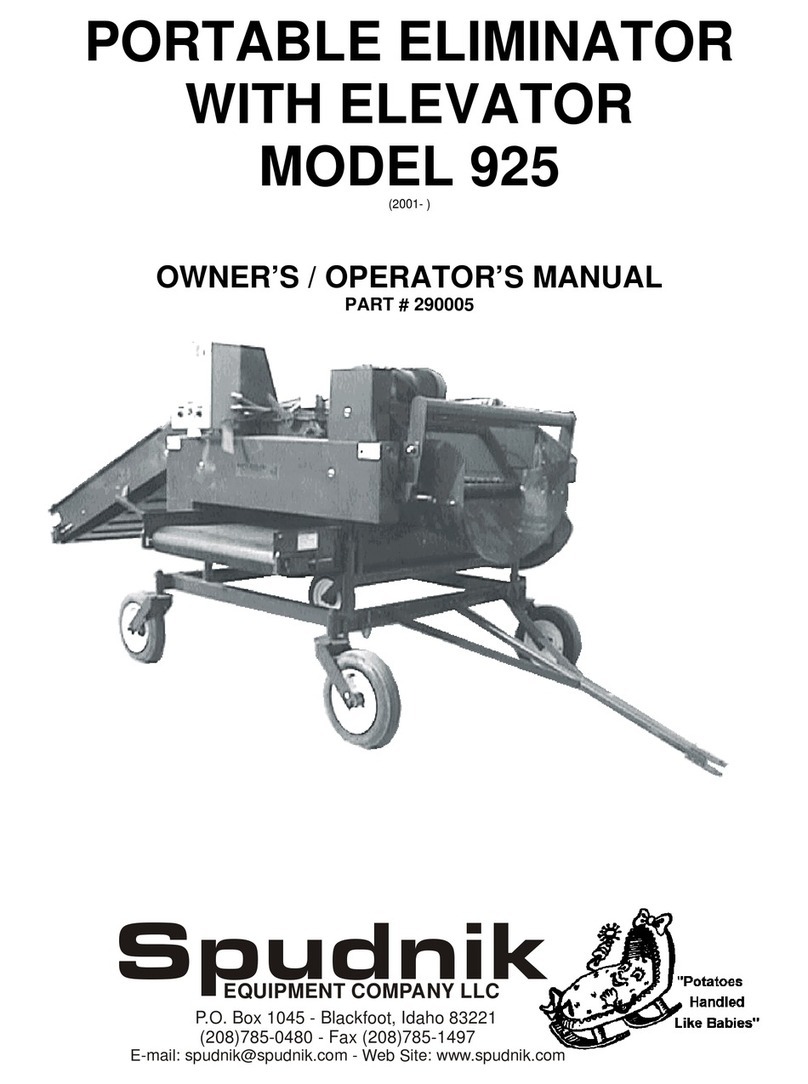
5
OWNER/OPERATORS MANUAL 6160 WINDROWER
PART#: 290248
Revision: 7/29/2015
Section-1 Safety
1.10 Maintenance and Inspection Guidelines
To prevent accidents, all relevant rules and regulations
concerning safe and competent working must be
observed.
1. Observe the adjustment, maintenance and inspection
activities and intervals specified in this manual, including
details concerning the replacement of parts,
subassemblies and equipment. These activities may only
be executed by trained personnel.
2. Instruct operating personnel before beginning special
operations and maintenance work. Delegate a supervisor.
3. Always observe the relevant safety measures and
instructions specified in the operating manual when
carrying out work related to the operation, adaptation,
conversion or adjustment of the machine as well as
maintenance, inspection and repair activities.
4. Ensure the working area is adequately secured during the
maintenance work.
5. Use suitable, tested tools when working on the machine,
only use proper tools for unscrewing and tightening
screwed connections. Wear gloves.
6. Switch off the machine completely before maintenance
and repair work and ensure that it is secured against
inadvertent starting. The machine must not be switched
on again while the work is being carried out.
Switch off operating facilities.
In the case of tractors, self-propelled harvesting
machines and engine-driven machines, switch off the
engine, remove the ignition key and, if necessary,
lock the cabin. Nobody is allowed to be within reach
of the controls so that functions cannot be switched
on again by accident.
Switch off the main switch and attach a warning sign,
if necessary.
Disconnect the machine from the power supply,
Depressurize the hydraulic system and compressed
air lines and disconnect them from the supply.
7. Carry out maintenance and repair work only when the
machine is positioned on firm and level ground and has
been secured against inadvertent movement and toppling.
8. When replacing individual parts and larger subassemblies,
they should be carefully attached to lifting gear and
secured against falling down. To avoid the risk of
accidents, sharp edges, corners and dangerous
projections must be covered and a warning sign attached.
Use only suitable hoisting and lifting gear with adequate
load capacity which is in a proper working condition.
Never work or stand under suspended loads.
9. The securing of loads and the instruction of crane
operators should only be entrusted to experienced
persons. A signaler giving instructions must be within sight
of the crane operator and must be provide with a radio
link.
10. Only carry out overhead assembly work using suitable
ladders and platforms. Never climb on the machine itself,
wear a safety harness when carrying out maintenance
work at greater heights.
11. Keep all handles, steps, handrails, platforms, landings and
ladders free from dirt, snow, ice and any other debris that
can pose a hazard.
12. Clean the machine, especially connections and threaded
unions of any traces of oil, fuel or preservatives before
carrying out maintenance/repairs. Never use aggressive
detergents. Use lint-free cleaning cloths.
13. Before cleaning the machine with water or steam jets
(high-pressure cleaners) or other cleaning agents, cover
or tape all openings which—for safety and operational
reasons—must be protected against ingress of water,
steam or cleaning agents. Special care must be taken with
electric motors and switching cabinets, as well as all
additional electrical or electronic components. After
cleaning, completely remove ant items used to cover
openings.
14. After cleaning, examine all fuel, lubricant and hydraulic oil
lines for leaks, loose connections, scuffing marks and
damage. Any defects found must be rectified without
delay.
15. Immediately retighten any screwed connections that have
been unscrewed during maintenance and repairs.
16. Any safety devices removed for setting-up, maintenance
or repair purposes must be refitted and checked
immediately upon completion of the maintenance and
repair work.
17. Ensure that all fuels, consumables and replaced parts are
disposed of safely and with minimum environmental
impact.



















